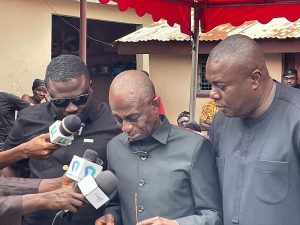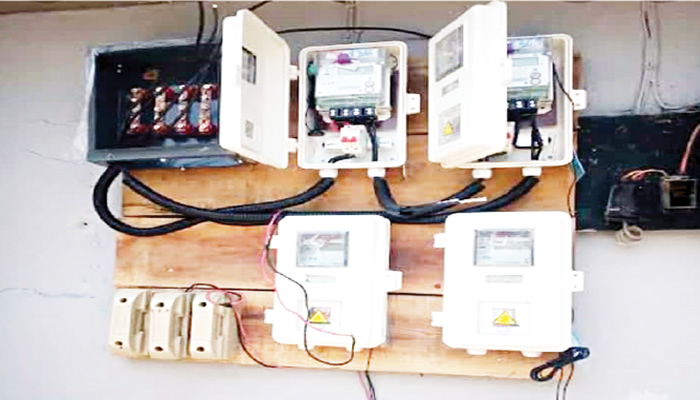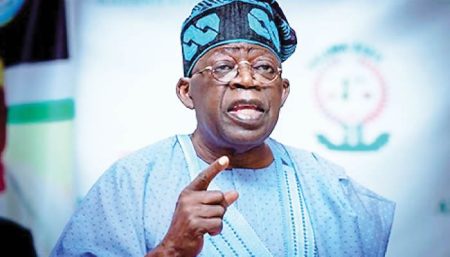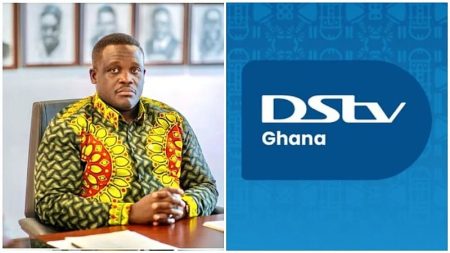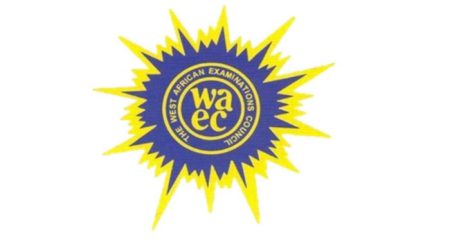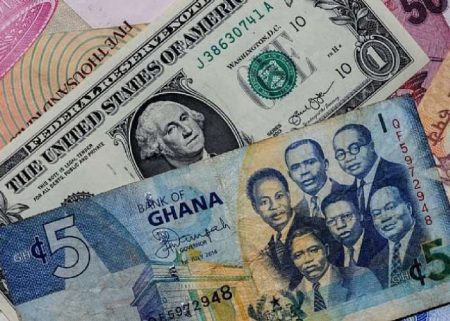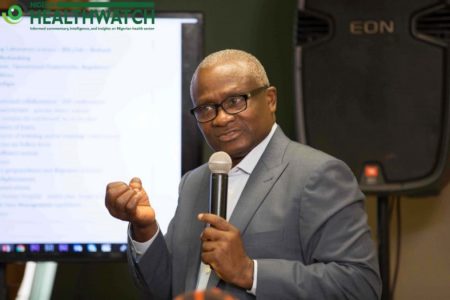Nigeria’s power sector continues to grapple with the persistent challenge of inadequate metering, despite ongoing initiatives designed to address the issue and improve customer satisfaction. As of the first quarter of 2025, less than half of the nation’s electricity consumers had meters, highlighting a significant gap in achieving comprehensive metering coverage. The Nigerian Electricity Regulatory Commission (NERC) reported a marginal increase in meter installations during the first quarter of 2025, with a total of 187,194 meters deployed, raising the overall metering rate to a modest 46.98%. This slight improvement, representing a mere 0.41% increase from the previous quarter, underscores the slow pace of progress in tackling the metering deficit, a critical factor hindering the sector’s reform and efficient service delivery.
The Meter Asset Provider (MAP) framework, introduced to accelerate metering deployment, remained the dominant channel for meter installations, accounting for nearly 80% of the new meters deployed during the first quarter of 2025. The Meter Acquisition Fund (MAF) contributed a smaller portion, while installations through Distribution Companies (DisCos) financed models and vendor-financed schemes remained minimal. This reliance on the MAP framework underscores its importance in driving metering progress, albeit at a pace that falls short of the sector’s needs. The disparity in meter installations among the various DisCos highlights the uneven distribution of progress, with some DisCos demonstrating significantly higher metering rates than others.
A wide performance gap exists among the various DisCos regarding metering implementation. Ikeja Electric boasted the highest metering rate at 78%, followed by Abuja Electricity Distribution Company (AEDC) at 72% and Eko DisCo at 64%. Conversely, Yola DisCo lagged significantly with a meager 14% metering rate. This stark contrast in performance among DisCos reveals the need for more targeted interventions and strategies to ensure a more equitable distribution of metering infrastructure across the country. The reasons for this disparity likely include varying levels of investment, operational efficiency, and engagement with the MAP scheme.
Ibadan DisCo spearheaded meter installations during the first quarter of 2025, deploying over 42,000 meters, followed by Ikeja Electric and AEDC. Ibadan DisCo also led in installations under the MAP framework, followed by Ikeja Electric and AEDC. Under the MAF scheme, Ikeja Electric led the installations, with Enugu, Ibadan, and Kano DisCos also contributing significantly. This distribution of installation figures indicates varied engagement with the different metering schemes and potentially reflects differences in operational capabilities among the DisCos.
NERC continued its efforts to expand metering capacity by certifying new Meter Service Providers (MSPs) and issuing permits to new Meter Asset Providers. This move is aimed at bolstering competition and increasing the capacity within the metering ecosystem to drive faster deployment. The addition of new MSPs and MAPs is crucial for addressing the metering gap and ensuring the long-term sustainability of the metering drive.
Despite initiatives to improve billing transparency and customer satisfaction, the widespread practice of estimated billing remains prevalent. NERC continues to implement monthly energy caps for unmetered customers to mitigate arbitrary billing. However, instances of overbilling persisted, leading to sanctions against some DisCos. Metering, billing, and service interruptions continue to be major sources of customer dissatisfaction, highlighting the urgent need for sustained improvements in these areas to build trust and enhance customer experience. The persistent challenges with estimated billing underscore the necessity of accelerating metering deployment to ensure fair and transparent billing practices.




